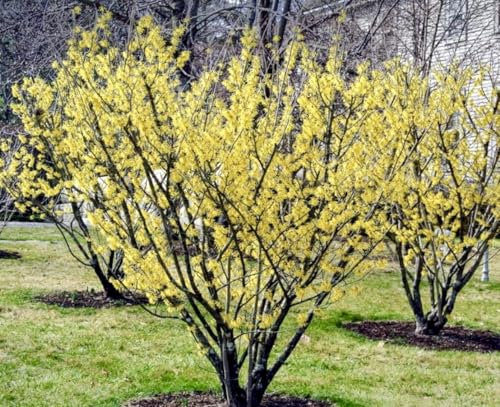Best witch hazel varieties – with unusual spider-like blooms to transform your winter garden
Witch hazel shrubs add color and scent to pots and borders when it is most needed during winter

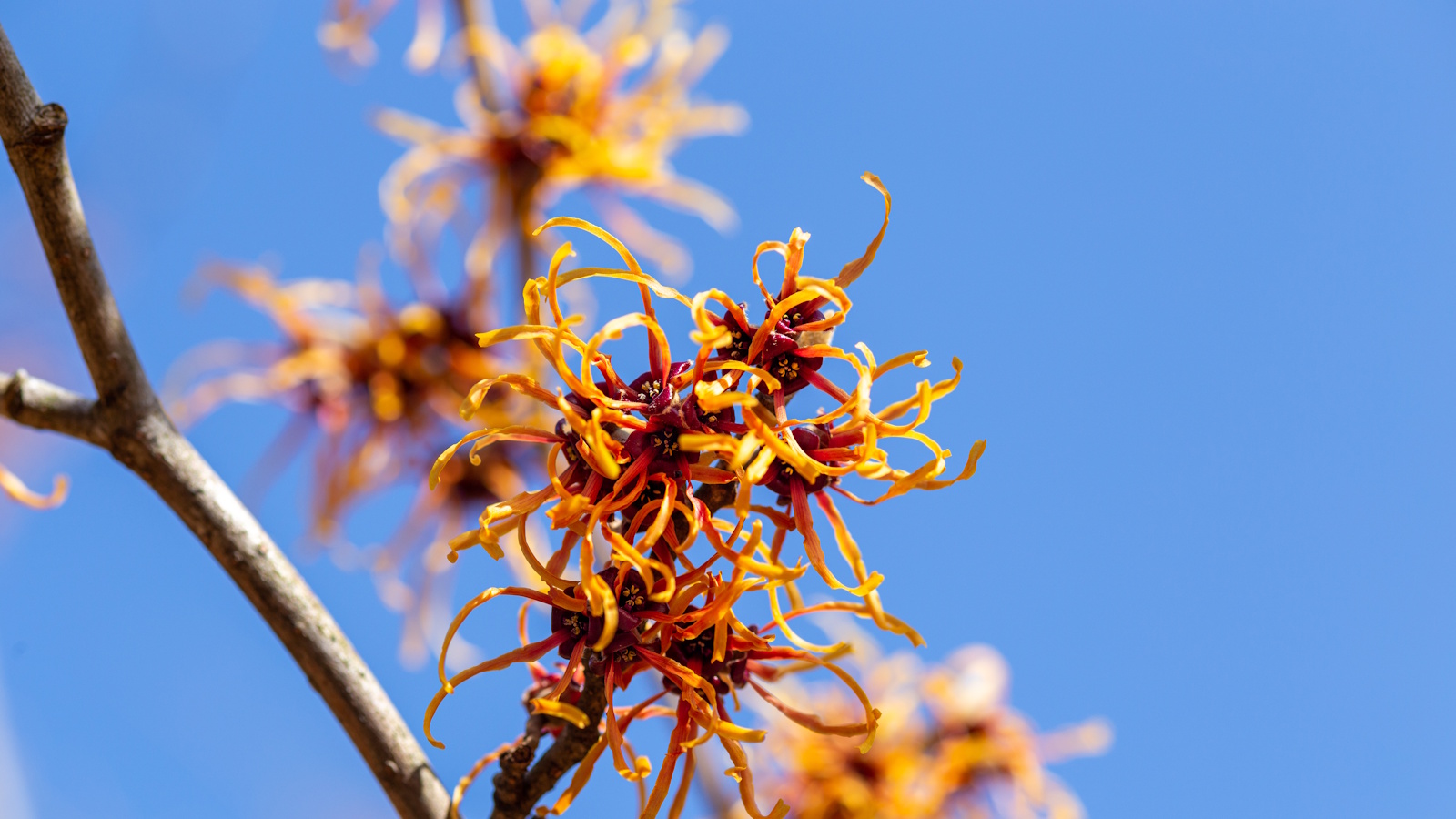
Witch hazels are spectacular plants. When all else in the yard is dormant, these small trees or shrubs can transform an otherwise colorless winter landscape, producing a bounty of unusual, spider-like blooms in a range of warm shades.
There are five recognized species of Hamamelis, and many more witch hazel varieties that are found growing worldwide. From Asia, there is the Chinese witch hazel, Hamamelis mollis, or the Japanese witch hazel, Hamamelis japonica, while closer to home there are three native species found growing in the wilds of North America, including the American witch hazel, Hamamelis virginiana.
So, whether you are a witch hazel fan or this plant family is new to you, our guide showcases some of the best witch hazel varieties to grow this year. From pinks to reds, yellows to oranges, these scented blooms are sure to add impact to your borders and containers.
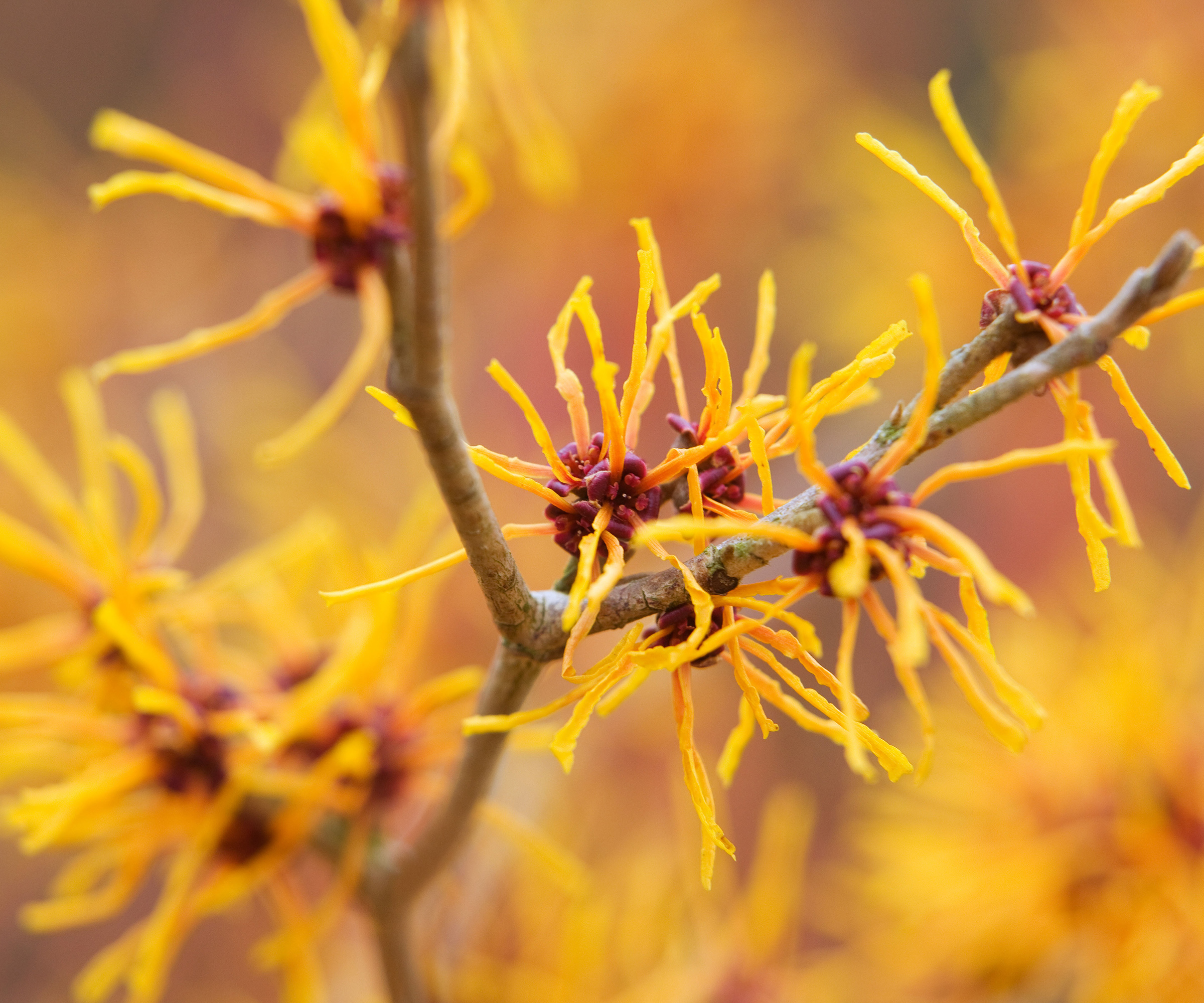
Best witch hazel varieties
While the exact growing conditions will vary depending on what witch hazel varieties you grow, most are cold-hardy and can be grown from US hardiness zone 3 to US hardiness zone 8.
In general, they prefer sunny positions, although they will tolerate partial shade, typically found growing at the edge of woodlands where they can enjoy rich soil, moist soil, and a good amount of sunshine each day. Whether you want to grow witch hazel in pots or borders, the following five varieties will add impact wherever they are planted.
1. American witch hazel
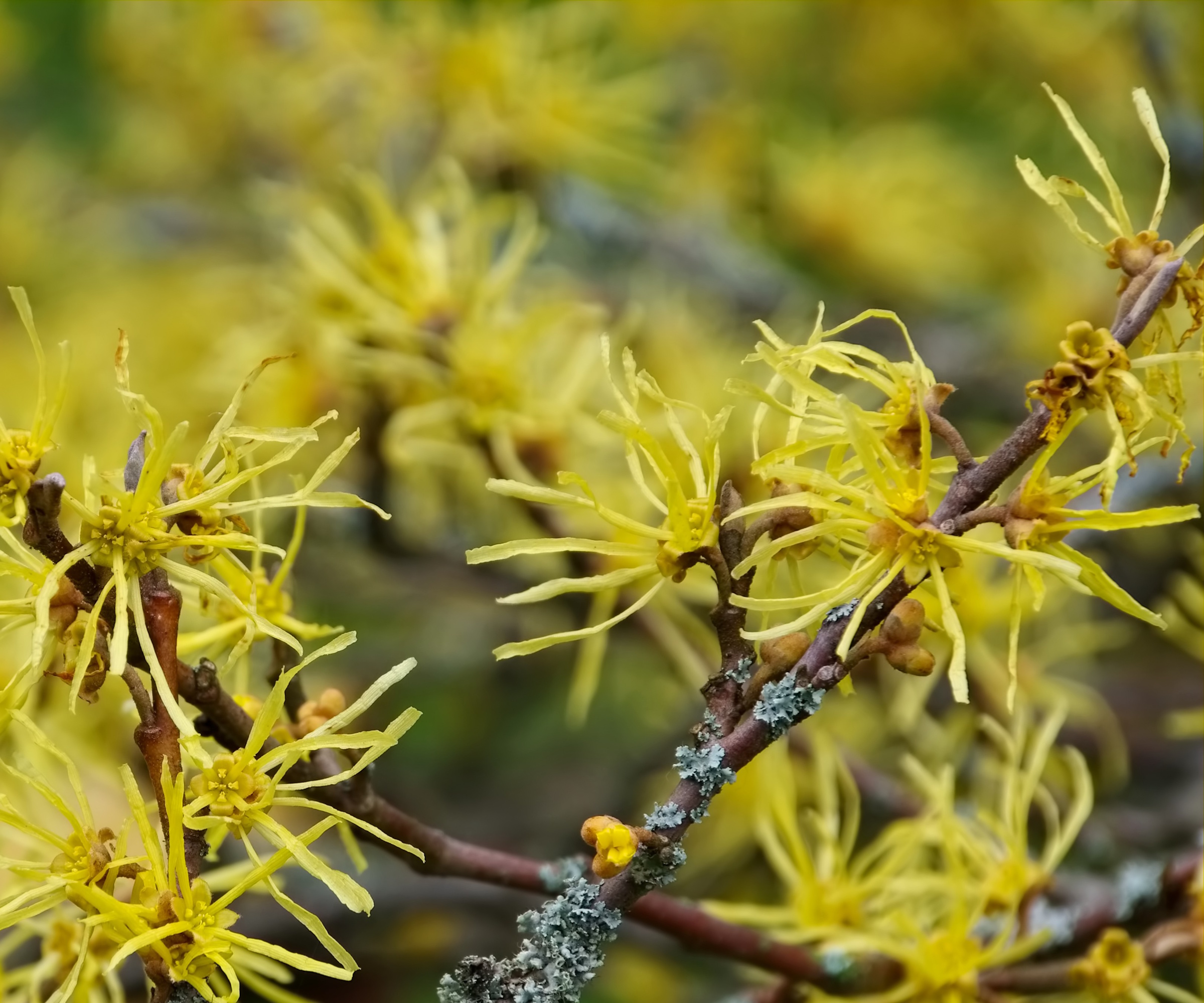
Hamamelis virginiana, or the American witch hazel, is a native shrub that can be grown from zone 3 to zone 8. As you can see in the image here, this species is famed for its vibrant golden-yellow, spidery blooms that have a citrus scent, typically emerging in late fall and early winter.
The American witch hazel performs best in partial shade to full sun and will tolerate most soil conditions. This species can reach heights of up to 20 feet when fully established, although this would take many years. I would caution against aggressively pruning witch hazels, as these trees look best when left to grow in a naturalistic shape.
Design expertise in your inbox – from inspiring decorating ideas and beautiful celebrity homes to practical gardening advice and shopping round-ups.
American witch hazel live plants are available from Walmart.
2. Witch hazel 'Diane'
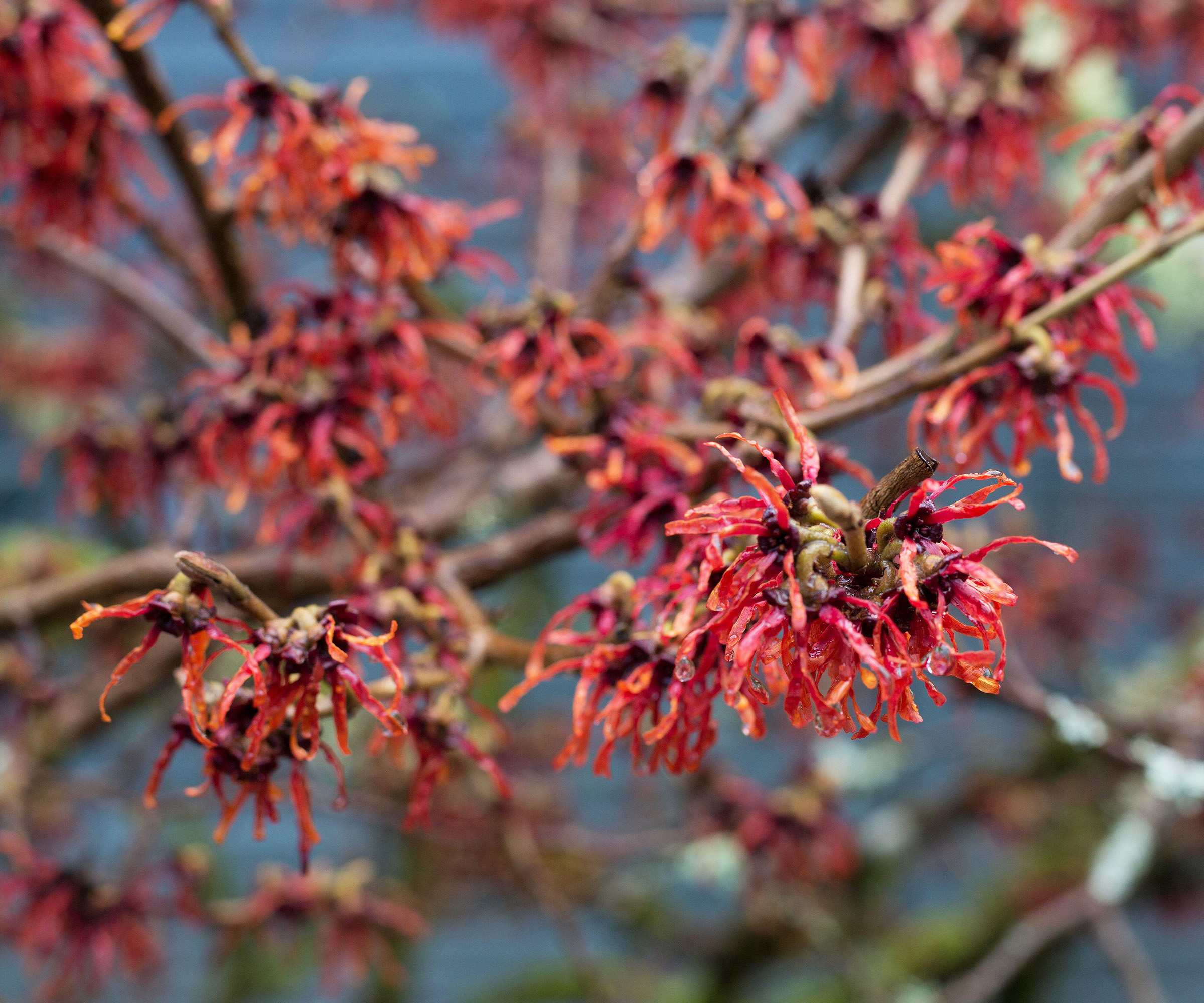
Hamamelis x intermedia ‘Diane’ is a hybrid variety of witch hazel that I have long admired for its crimson-red flowers. Reaching upwards to 10 to 12 feet, the blooms emerge in late winter to early spring, opening along each healthy stem.
The unique color of these blooms, as seen above, is hard to come by in the winter garden, so makes for a unique plant addition to any plot.
Growing best from US hardiness zone 5 to zone 8, this witch hazel prefers well-drained soil in full sun to partial shade. I have previously planted this hybrid in a woodland bed when working as a gardener in South Wales, and while it does enjoy sunshine, it can do well with just two to four hours of light each day.
With a subtle fragrance, plant Hamamelis x intermedia ‘Diane’ near a path, driveway or front door, so you can enjoy its perfume during the cold and dark months of February and March.
If you have a smaller yard, this is one of the best trees to grow in pots for a dramatic winter display, just be sure to water your container through the spring and summer.
3. Vernal witch hazel
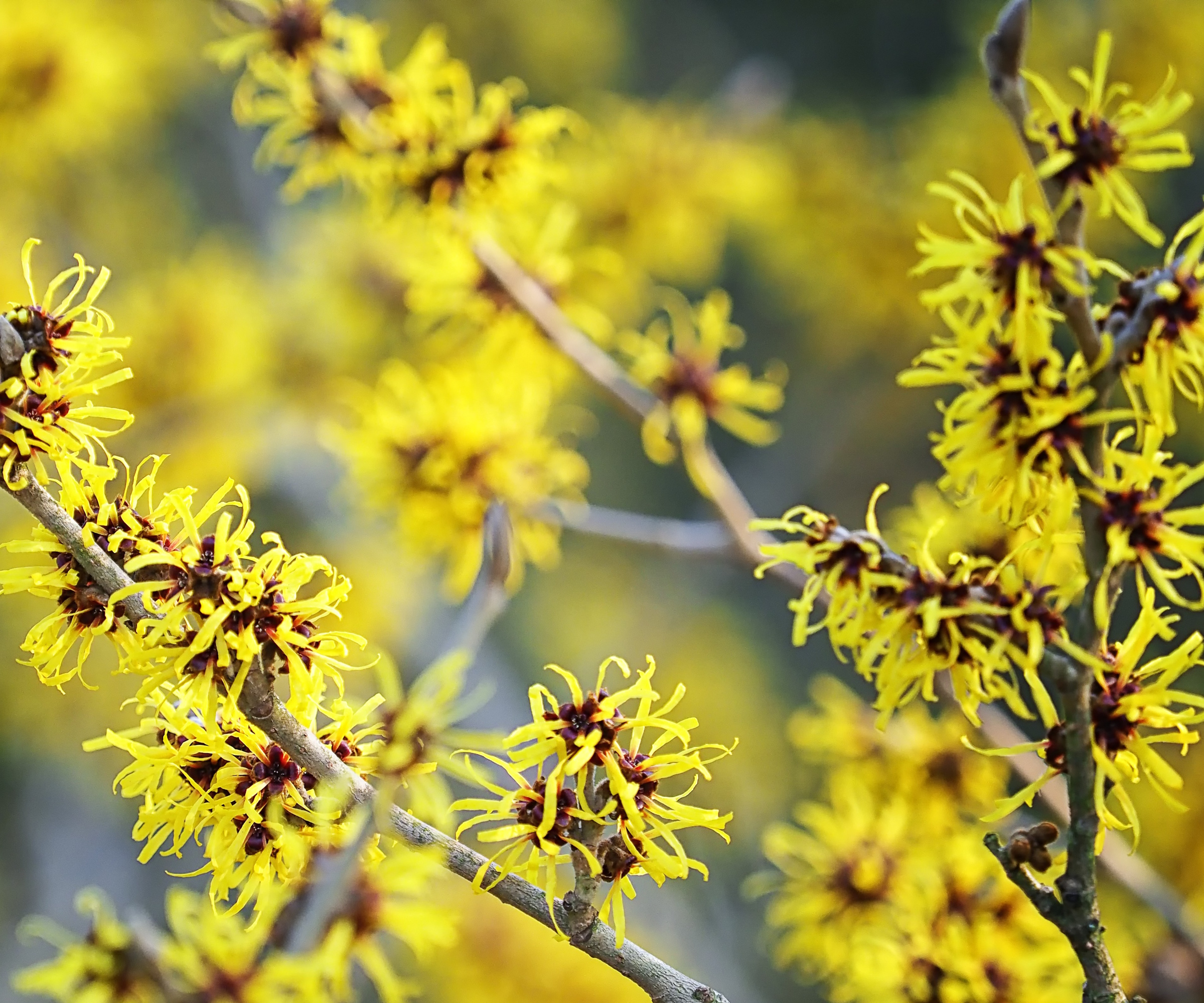
Hamamelis vernalis, otherwise known as the Ozark or vernal witch hazel, is a compact tree that thrives in US hardiness zone 4 to zone 8. It produces yellow to orange blooms, often accented with red centers that emerge in late winter, signaling the changing of the seasons and the approach of spring.
Native to the Ozark Mountains in North America, the vernal witch hazel is found growing in the wilds of Missouri, Arkansas, and Oklahoma, yet makes for a perfect shrub for smaller yards, growing only to a modest height of six to eight feet.
As with all other witch hazel species listed here, these are shrubs for shade in that they can tolerate some darkness, but part-shade would be preferable. In addition, this species in particular is more adaptable and tolerant of clay-based and high-pH soils. So, if you are looking for a native species to grow but live in an area with alkaline soil, opting for the vernal witch hazel over the American witch hazel is optimal.
Vernal witch hazel live plants are available from Nature Hills.
4. Witch hazel 'Jelena'
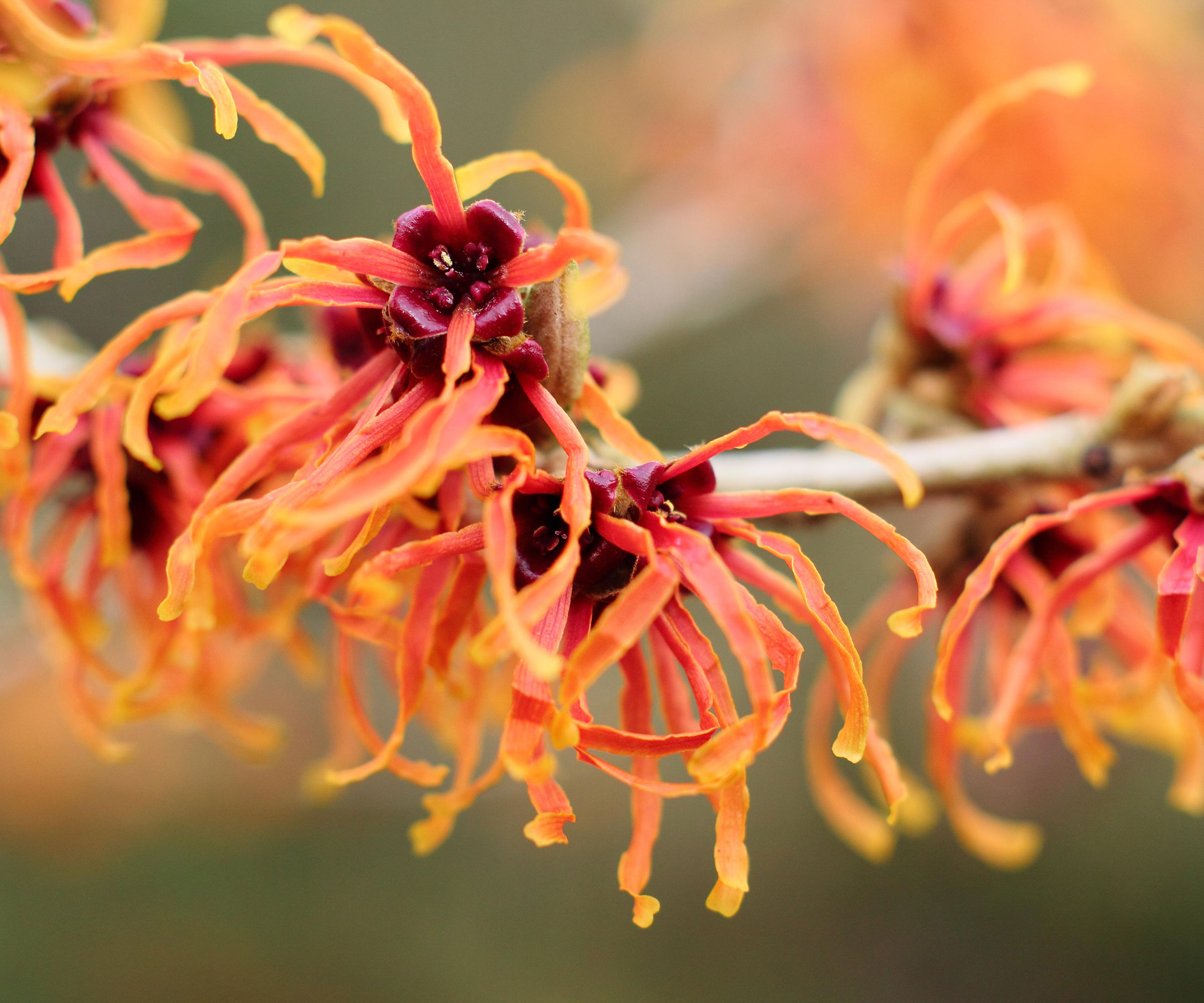
The Hamamelis x intermedia ‘Jelena’ hybrid is another standout variety that is prized for its coppery, orange flowers, as can be seen here. One of the best statement trees, the blooms will open in late winter and last into early spring, this witch hazel is sure to illuminate borders and beds during the darker months of the year.
Growing well from US hardiness zone 5 to zone 8, Hamamelis x intermedia ‘Jelena’ can reach up to 10 feet tall, although you can prune it lightly after flowering to maintain a more compact shape. Plant in a sunny border with well-draining soil for the best results.
5. Chinese witch hazel
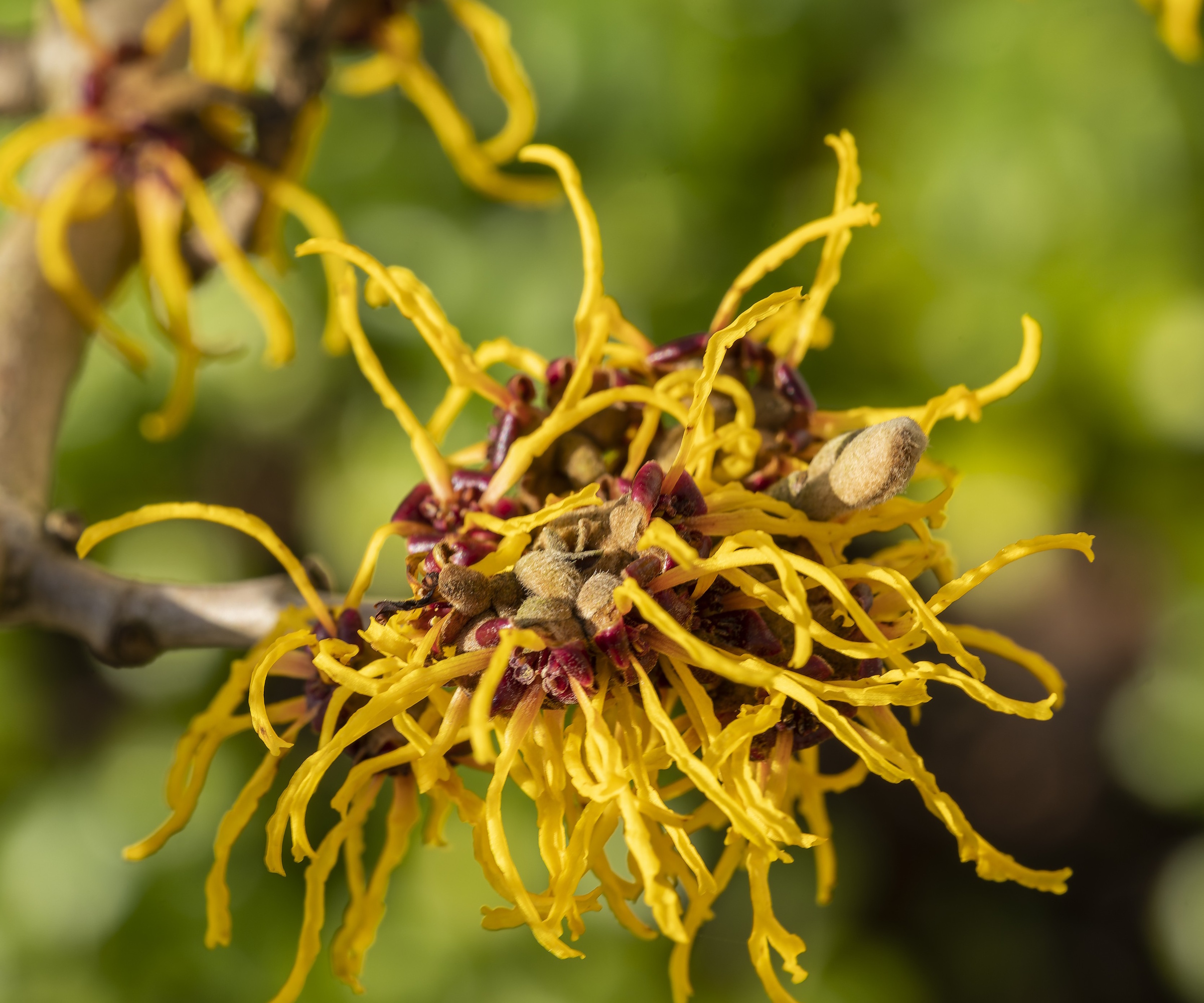
Another of the best low-maintenance trees for a backyard, the Chinese witch hazel, or Hamamelis mollis, is a bold choice for gardens in US hardiness zones 5 to 8. Renowned for its large, bright yellow flowers and powerful fragrance, it blooms from late winter to early spring.
Native to China, Hamamelis mollis has a rounded form, reaching up to 15 feet in height at maturity. This species thrives in sunny, sheltered spots with well-drained, slightly acidic soil, doing best in yards that have a pH reading of 6.5 to 7.0.
FAQs
What plants work well alongside witch hazels?
Witch hazels are some of the best plants that complement daffodils, pairing nicely with the white and yellow flower bulbs for a winter and spring show. Early-to-rise pollinators will also be grateful for the nectar-rich blooms on offer.
Alternatively, consider planting alongside some of the best fragrant evergreens, which can help to maintain fragrance in your borders long after the witch hazel blooms have faded. In sunny yards, consider planting myrtle, while in shady spots, juniper is always a good choice.
While witch hazels do not often need fertilizing, it is a good idea to do some mulching in the fall months. Use something like this pine bark mulch, available from Walmart, to give your borders a boost.
For more inspiration, see our guide to some of the best native dogwood trees to plant alongside your witch hazels. Another deciduous tree, dogwoods tends to bloom from late spring into summer, helping to maintain interest at different times of the year in your yard. If you enjoy pink, try growing the flowering dogwood, or Cornus florida, with live plants available from Amazon.

Thomas is a Content Editor within the Gardens Team at Homes and Gardens. He has worked as a professional gardener for both public spaces and private estates, specializing in productive gardening, growing food and flowers. Trained in Horticulture at the Garden Museum, he has written on gardening and garden history for various publications, including The English Garden, Gardens Illustrated, Hortus, The London Gardener and Bloom. He has co-authored a Lonely Planet travel book, The Tree Atlas, due out in 2024.
